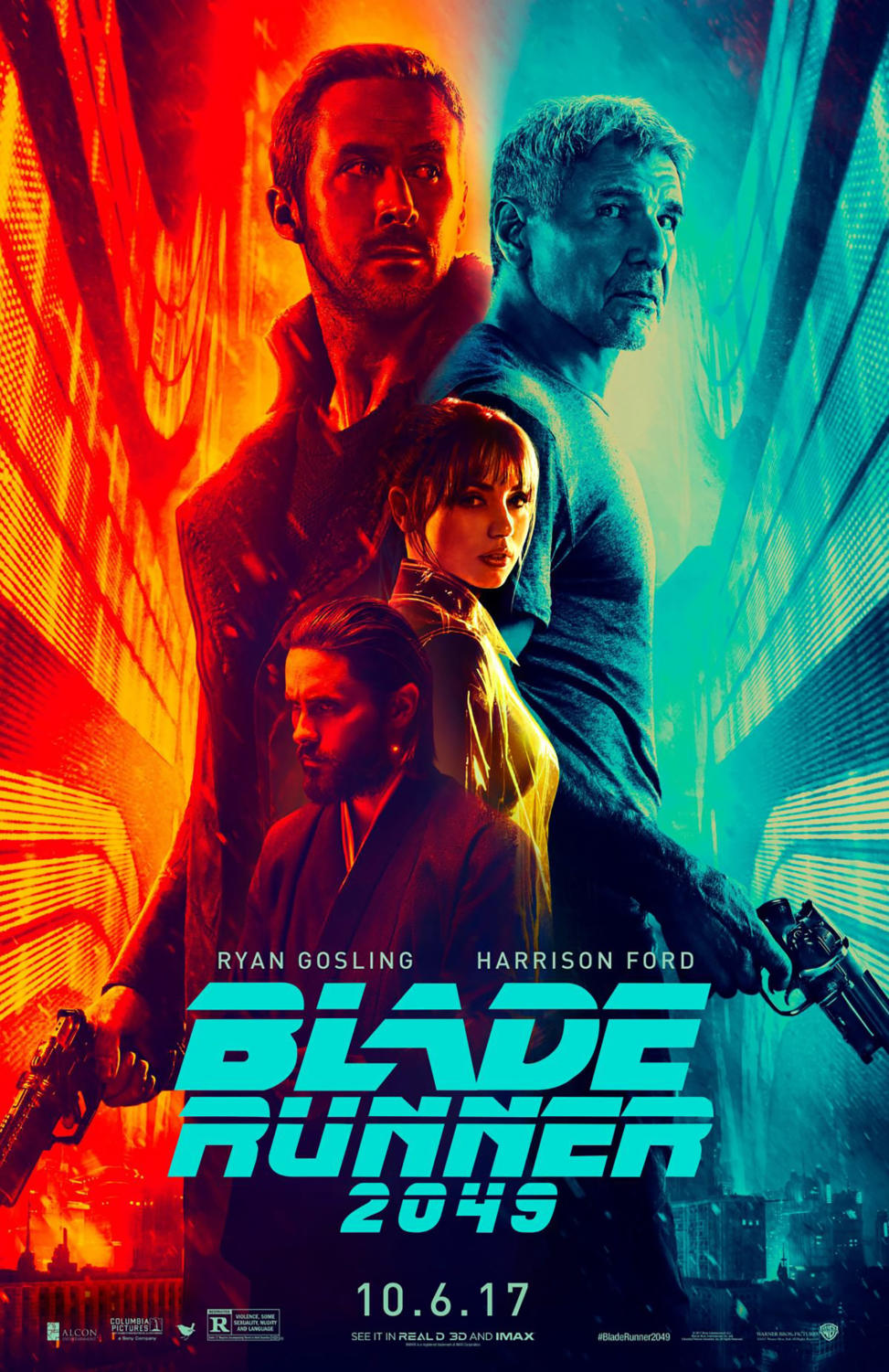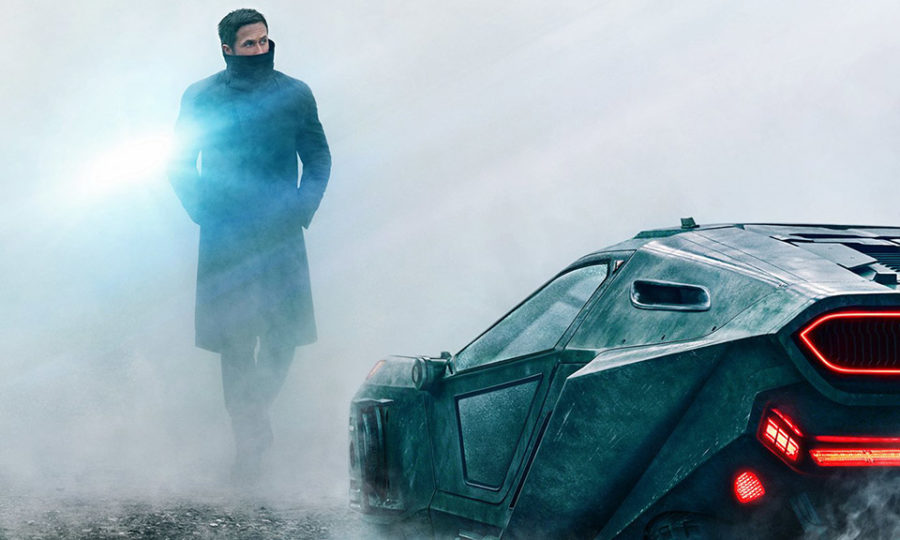Why Blade Runner 2049 Didn’t Do Well at the Box Office
Actor Ryan Gosling (pictured here) portrays the new main character in “Blade Runner 2049” following into the footsteps of Harrison Ford’s character Rick Deckard from the 1st film. Gosling plays Officer K, a blade runner like Deckard, who must unravel a secret about the replicants that could change the course of humanity forever.
December 16, 2017

Movie poster for “Blade Runner 2049.” The film is directed by Denis Villeneuve, who previously helm such deep films such as “Arrival,” “Prisioners,” and “Sicario.” As seen here, there is wonderful artistry for “Blade Runner 2049,” but it is the excess of this artistry that is the downfall of the film, making it unable to connect with the mainstream.
The Hollywood trades predicted that sci-fi noir flick “Blade Runner 2049,” which opened on Oct. 6 earlier this fall, was going to make about $50 million its first 3-days of full release, more or less. But when estimates and actual numbers came in, the film underperformed with a mere $32,753,254.
The movie is a long-awaited sequel to Ridley Scott’s 1982 classic “Blade Runner,” a film that ushered in a new sub-genre of science fiction called cyberpunk and made a mark in US popular culture with its fascinating story set in a 2019 dystopian Los Angeles in which an LAPD officer by the name of Rick Deckard (portrayed by Harrison Ford) is tasked with hunting down and terminating several replicants – or human-like robots – that are on the run.
In spite of rave reviews from critics – the new film currently has an 87% certified rotten tomatoes score and a Metacritic average score of 81 based off of 53 reviews – and its large cult following that developed after the 1st film, the new installment had a tough time at the box office.
And while the news came as a shock to those in the film industry, there are clear causes as to why the movie,starring Oscar-nominated actor Ryan Gosling as (“La La Land,” “Half-Nelson,” “Crazy Stupid Love”) with Ford returning to one of his iconic roles of his career, flopped upon its release and why mainstream general audiences rejected it.
For one thing, the Blade Runner brand isn’t that well-known to mainstream audiences, as indicated by the fact that even the film wasn’t a success back in 1982, making only $32,868,943 from a budget of $28 million. That film was also not critically lauded upon its release, with some critics admitting that it is a strange film. It was only until after “Blade Runner” ceased its theatrical showings that the film find new life and appreciation when people discovered it on TV and VHS and DVD, and thus, a cult following developed.
But cult-followings doesn’t necessarily mean mainstream. The lack of familiarity of the 1st one meant that audiences today were uninterested in seeing a sequel to a Warner Brothers film property that they weren’t alive during to begin with, let alone, the previous generation who were alive.
Let’s also not forget that “Blade Runner 2049” is more of an artistic film than it is commercial. While its ambition to become an artistic blockbuster film are noble – it’s a film trying to be the next “Mad Max: Fury Road” – it fails to maintain that balance. This is evident in its secretive advertising campaign, which chose to keep certain aspects about the film hidden rather than use some of them to entice moviegoers. The result is essentially a movie with no hook or even the slightest idea of what the story is about.
Therefore, “Blade Runner” is considered a niche film, not a mainstream blockbuster film that audiences are interested in seeing today and had hoped “Blade Runner 2049” to be. Instead, they were left with a confusing story that was more philosophical about the world than an exciting sci-fi adventure. In order words, audiences were left watching something that was boring and in their eyes, not worth the price of admission in a time where it’s expensive to go to the cinemas.
Speaking of blockbuster, the production budget for “Blade Runner 2049” rounds up to about $150-185 million, a size that is in line with how much it costs to make most blockbuster films today. That high budget for an unfamiliar property should trigger warning signs as that means a movie that will potentially lose money due to not being able to make back the money it took to make the film. If they wanted to at least make some profit, they probably should have gone for a smaller film budget, although that would mean less wonderful visuals.
But at the end of the day, while “Blade Runner 2049” will sure be an unfortunate flop – it’s only made $257,785,567 worldwide and its only hope of success is through awards season and when it is available on mediums outside of cinemas – it serves as a reminder that films should cater not just to cinefiles or industry people, but to the common folk as well and that means having qualities that people actually. Now that’s not to say that films can’t be artistic. It can. But film is a business and if a film’s goal is to reach many people who will understand its genius, directors and studios must put appeal alongside artistry as their priorities.


